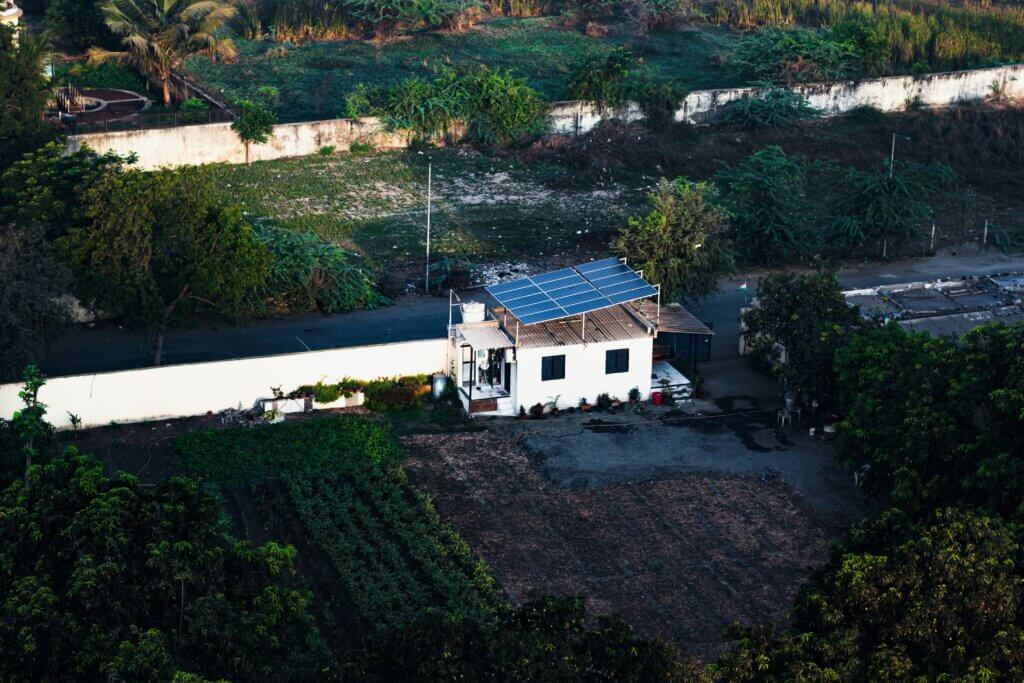Delivering a great solar proposal to your customer isn’t just about making it look pretty. It’s about setting up a system that helps you close deals fast and build trust with your customer.
A lot of proposals look like simple quotations with system size, the price and maybe the Bill of Materials given. This doesn’t give enough information to the customer to make a quick decision. The sale process keeps dragging on and on.
On the other hand, some proposals don’t get to the point soon enough, confusing the end customer. This creates a situation where too much information results in over-analysis without coming to a decision.
To close deals with your prospective customers, you need to be clear with your offering, your differentiators and accountability. Address these in your proposal, you are guaranteed to improve your closure rates, fast.
I’ve spent over 12 years creating and refining thousands of solar proposals worldwide. Here are five critical elements that will make your proposals stand out, win trust, and set up your installations for long-term success.
TL;DR Summary of What to Cover:
✅ High-quality equipment that lasts
✅ Clear energy savings commitments
✅ A strong post-installation maintenance plan
✅ Fair payment terms that balance cash flow and customer confidence
✅ Transparent pricing—no hidden charges or vague terms

Now, let’s break these down.
1. Use High-Quality Equipment—Explain Why To Your Customer.
One of the top differentiators in a solar installation is the quality of your product – the panels, inverters, balance of systems. If you use top-tier components, your customers are better protected, you get better reviews and referrals.
- Solar panels: Stick to high-efficiency technologies like Mono PERC, TOPCon, or HJT. These provide better performance and longer lifespans. Provide the best brands within your product range and availability.
- Inverters: Use brands with strong local service teams. Inverters not working and monitoring not online are the two top issues that regularly come up during plant operation. Using stable, reputed inverters with good service team is important to keep your system running and reduce your service costs.
- Installation standards: Follow local, national, or international codes to ensure quality. A well-installed system can last 25+ years with minimal maintenance, while a bad installation may fail within the first year.
- Balance-of-system components: High-quality cables, surge protectors, connectors, and mounting structures are just as critical as panels and inverters. Cutting corners here leads to frequent breakdowns and higher service costs later.
A well-built system means fewer callbacks, lower maintenance costs, and happy customers who refer you to others.
2. Be Clear on Energy Savings and Accountability
Customers go solar for one main reason: to save money on their electricity bills. If their savings don’t match expectations, you’ll hear about it. Set clear production expectations in your proposal.
- Expected generation: Be realistic about energy output. Most locations generate between 2 to 5 kWh per kW per day. Use any software in the market, like PVWatts, Aurora, Helioscope, Enact, PVSol, Arka 360, OpenSolar etc., to get accurate estimates for your customer’s site.
- Guarantees: Define what happens if the system underperforms. Set clear expectations on warranties and guarantees:
- Panels: 10-12 years manufacturer’s warranty + 25-year performance warranty (0.5%-0.8% annual degradation)
- Inverters: 5-7 years manufacturer’s warranty
- Other equipment: 2-year defect liability period
- Consumables: No warranty (e.g., surge protection, switches)
A solid proposal that backs up energy savings builds trust and reduces disputes down the line.

3. Offer a Post-Installation Maintenance Plan
A well-installed system is just the start. If the customer’s system isn’t maintained, energy generation drops, leading to lower savings and frustrated customers. A solid maintenance plan increases customer retention and opens up new revenue streams.
- Include maintenance in the proposal: Many countries offer 1-5 years of post-installation service. In India, 5-year quarterly maintenance is standard. In US and EU, 1 year maintenance post installation is included.
- Offer extended maintenance options: Customers should have the option to continue paid maintenance after the free period ends.
- Define service frequency: At a minimum, maintenance should be done at least four times a year (every three months), covering:
- Structural integrity of panels, structure and other equipment
- Electrical connections
- Earthing and other insulation checks
- Safety checks
- (Optional) Panel cleaning
A good maintenance contract protects your installation, keeps systems running optimally, and gives you long-term business with recurring revenue.
4. Structure Payment Terms to Protect Both You and the Customer
A bad payment structure can lead to cash flow issues for you or trust issues for the customer. Your proposal should strike a fair balance.
- Avoid full upfront payments: Customers should not pay 100% before material delivery. However, they should pay enough to let you secure inventory and begin work.
- Holdback for quality assurance: Offer terms where the customer holds back 5-10% of the payment until the system is grid-connected and working as expected. This keeps you accountable and gives them confidence.
- Financing options: If you offer loans, leases, or Power Purchase Agreements (PPA), make sure customers understand the fine print. Many PPA terms are heavily skewed towards financiers. Treat these deals like a long-term loan —explain the pros and cons clearly.
When customers feel comfortable with payment terms, they’re more likely to sign the contract faster and without hesitation.

5. No Hidden Charges—Keep Pricing Transparent
Nothing damages trust faster than unexpected costs appearing after the contract is signed. Your proposal should list all foreseeable costs upfront.
- Define inclusions and exclusions: The proposal should clearly state what is covered—design, supply, installation, grid connection, permits, commissioning, and maintenance.
- Conduct a site visit before finalizing the contract: Many unexpected costs arise because of missed details during site surveys. A thorough joint site visit prevents disputes later.
- Have a process for change orders: If additional work is needed, communicate openly and agree on costs before proceeding.
A transparent proposal prevents misunderstandings and ensures you get paid fairly for your work.
Creating a great solar proposal isn’t just to help you close a sale fast. It’s about building trust and ensuring a smooth project from start to finish.
Many solar companies fail because they ignore these details. But the best installers—those who focus on quality, accountability, and customer trust—continue growing year after year.
If you want help refining your proposals or tackling specific challenges, reach out to me. Good luck.


Leave a Reply